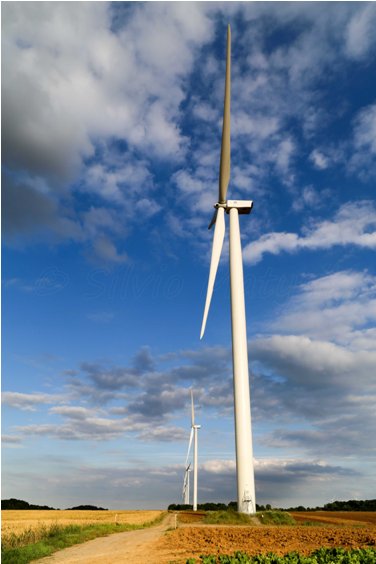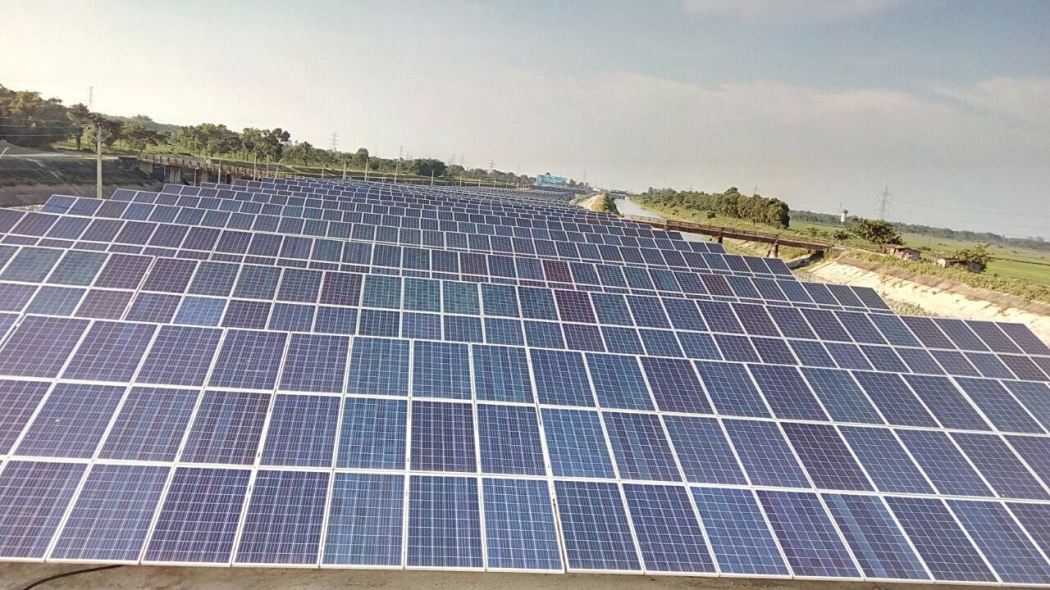
India has some 85 GW of renewable power generating capacity, a far cry from the Government of India’s ambition announced in 2016 to see 175 GW installed by 2022. Doubling the tally in the remaining time looks like a tall order given the ugly little facts that stand in the way of the beautiful vision becoming reality, says Anil Thomas, Head of Section, Energy Advisory, DNV GL – Energy.
Fact: India’s power distribution infrastructure needs upgrading to integrate a proliferation of new variable renewable energy sources (VRES).Fact: the electricity system needs more flexible energy storage to kick in when fluctuating wind and solar power are insufficient to meet demand and balance the grid. Some other countries and wider regions can rely on gas-fired generation and hydro to keep the lights on when the wind drops and night falls. For commercial, political, and societal reasons, India does not have similar assets to call on.
The price ticket for all of this sounds hugely expensive, and it is, particularly for state government-owned distribution companies caught in the pincers between big commercial losses and customers disgruntled by rising electricity prices.
 There is no single answer to these challenges, but a cocktail of market-based measures proving effective elsewhere could go a long way to helping. Designing and implementing them needs political impetus, regulatory change, and industry action. It also takes compromise between players who stand to win or lose from change, but who need persuading to embrace the greater good of a faster but financially sustainable energy transition.
There is no single answer to these challenges, but a cocktail of market-based measures proving effective elsewhere could go a long way to helping. Designing and implementing them needs political impetus, regulatory change, and industry action. It also takes compromise between players who stand to win or lose from change, but who need persuading to embrace the greater good of a faster but financially sustainable energy transition.
In our view, nationwide electricity market integration would and should be the big game-changer for India. European Union member states, which have many competing political priorities, are showing the way as they progress towards a truly Union-wide electricity market. Contrast this with India, where the power grids are connected electrically,but the 28 separate electricity markets reflect the number of states that oversee them.
It is imperative that the states should start sharing their electricity resources in an integrated market. This is even more so when much of the new renewable power called for in the national plan will have to come from the seven or eight states with the natural resources for it to develop. These renewables hotspots will need support from the other states to distribute the clean electricity nationwide for two good reasons—first, to better balance the grid; second, to sell to industries and other consumers who will increasingly request access to clean power out of choice or in response to stakeholder and societal pressure and concern.
From a technical standpoint alone, achieving an integrated market need not be an issue despite the unpredictability of VRES compared with traditional types of generation. Good forecasting is the answer, and we see plenty of examples of it worldwide.
DNV GL provides a wider perspective
Operating in more than 100 countries, DNV GL has a wide perspective on market-based measures being deployed to accelerate the energy transition in many countries aiming to meet their decarbonization pledges under the Paris Agreement to limit global warming.
We also bring more than 90 years serving the power sector, and a third of that time in renewables, to analysing market design and conducting market studies. For example, we have done this for electricity markets in India and 13 other nations, including 10 in Europe, for various periods since 2000. This work has variously covered the concepts involved; market rules and contractual frameworks; process and organization; system specification and procurement; and operational policy and system analysis. In 2020, Deutsche Gesellschaft für Internationale Zusammenarbeit (GIZ) contracted DNV GL to conduct a major control reserve study for the southern region of India. The aim is to quantify the control reserve requirements needed to balance the energy supply from wind and solar and energy demand, under the renewable energy plans of India’s southern states by 2022.
With increasing integration of renewables, and smarter grids, there will also be a need for even more sophisticated mathematical programming frameworks to calculate unit commitment and economic dispatch more accurately.
The tools to do this exist. To cite our own experience, work with customers worldwide has enabled us to develop customized tools for both load and renewables forecasting, and for economic dispatch. These are combined in a state-of-the-art tool that optimizes the timing and duration of maintenance outages. It also performs cost-benefit analysis and calculates optimal trading strategies based on forecast load and renewables. The tool can be used for grid integration. It can be customized for individual transmission system operators (TSOs) to integrate with a TSO scheduling application and a load/RE forecast tool.
Also read: India Needs To Boost Efforts To Protect Power Grids Against Hackers
 This is not to deny the significant non-technical hurdles that stand in the way of electricity market integration in India. One of the hardest to resolve is the many long-term power purchasing agreements (PPA) that exist between generators and distribution companies. In our view, these agreements need to end to further market integration. Generators insulated by PPAs are naturally reluctant to agree to the removal of agreements under which financially hard-pressed distributors shoulder more financial risk and uncertainty.
This is not to deny the significant non-technical hurdles that stand in the way of electricity market integration in India. One of the hardest to resolve is the many long-term power purchasing agreements (PPA) that exist between generators and distribution companies. In our view, these agreements need to end to further market integration. Generators insulated by PPAs are naturally reluctant to agree to the removal of agreements under which financially hard-pressed distributors shoulder more financial risk and uncertainty.
These existing long-term PPA obligations are a key obstacle to separating ‘carriage’ (the wires) and ‘content’ (supply of electricity) as the Indian electricity industry progresses towards a multi-buyer model with multiple players and bilateral contracting. Separating carriage and content introduces competition in retail supply as the final phase of the reform process. This competition will allow all consumers to choose a generator directly or through their retailer’s choice.
Ultimately, creating an integrated market that can underpin a faster transition to clean energy in India will require intervention from the Government of India. There is a need for policy mechanisms to provide those generators cushioned by PPAs with the reassurance they need to forego the security their agreements with state-owned distributors currently provide, and to fully embrace market integration.


